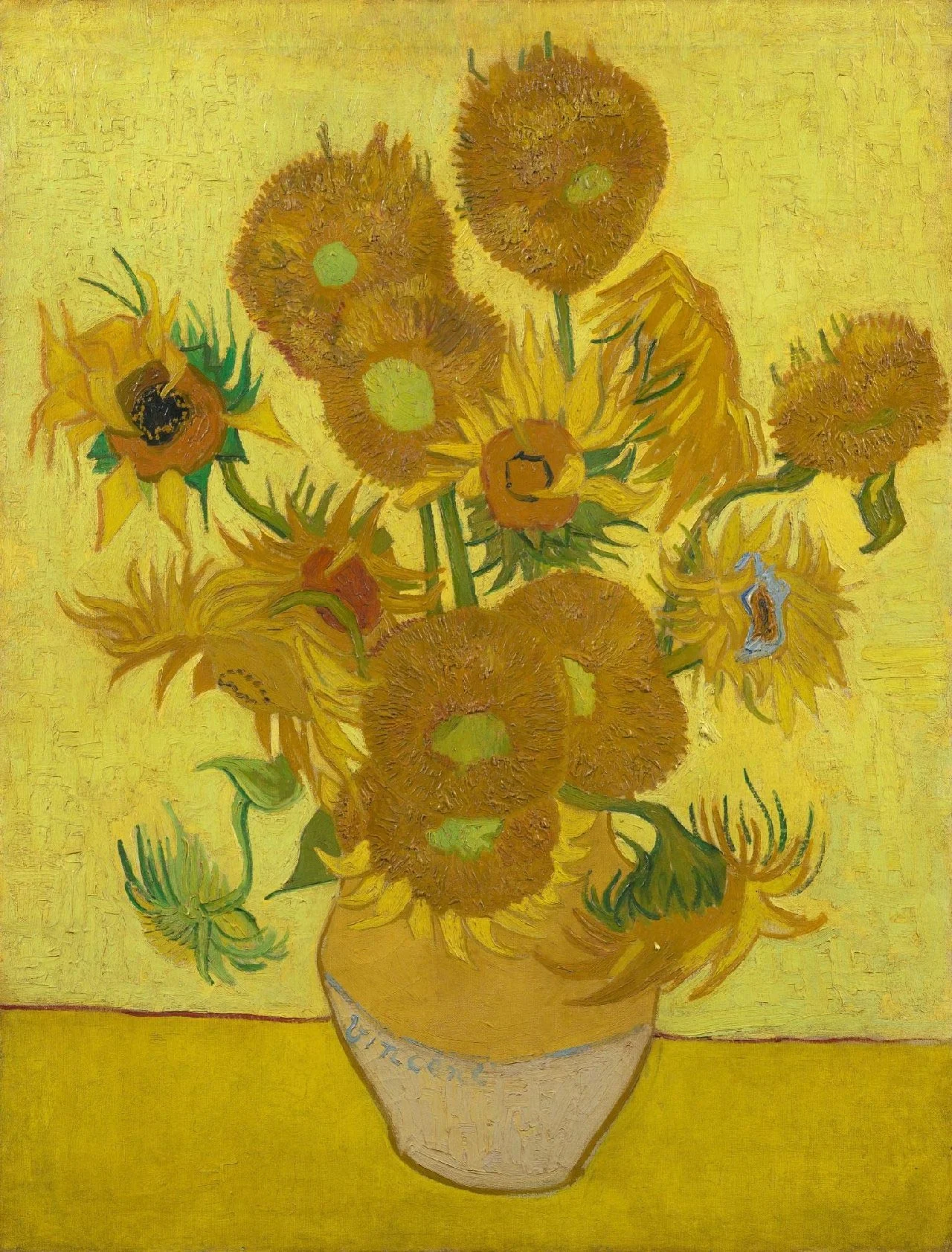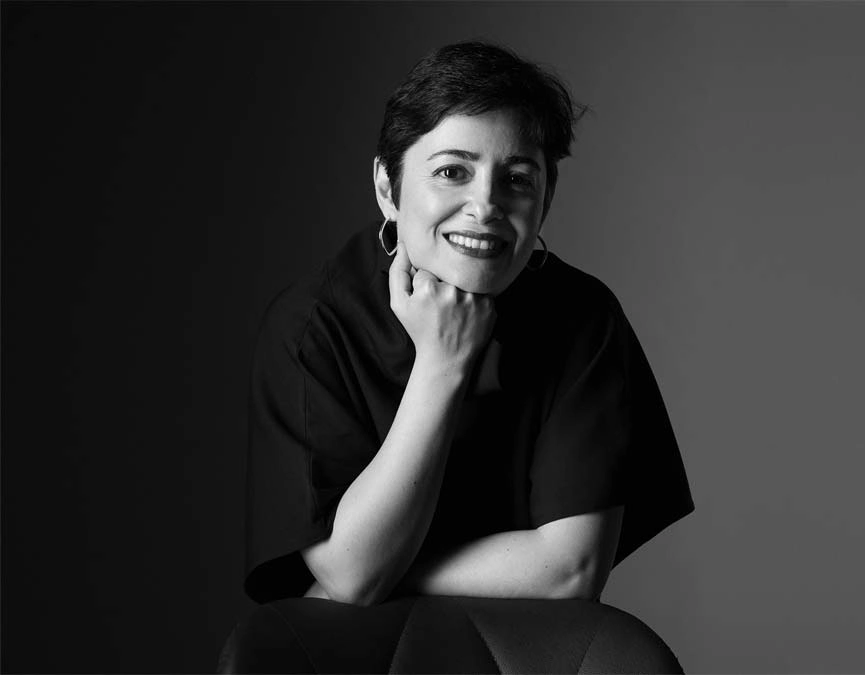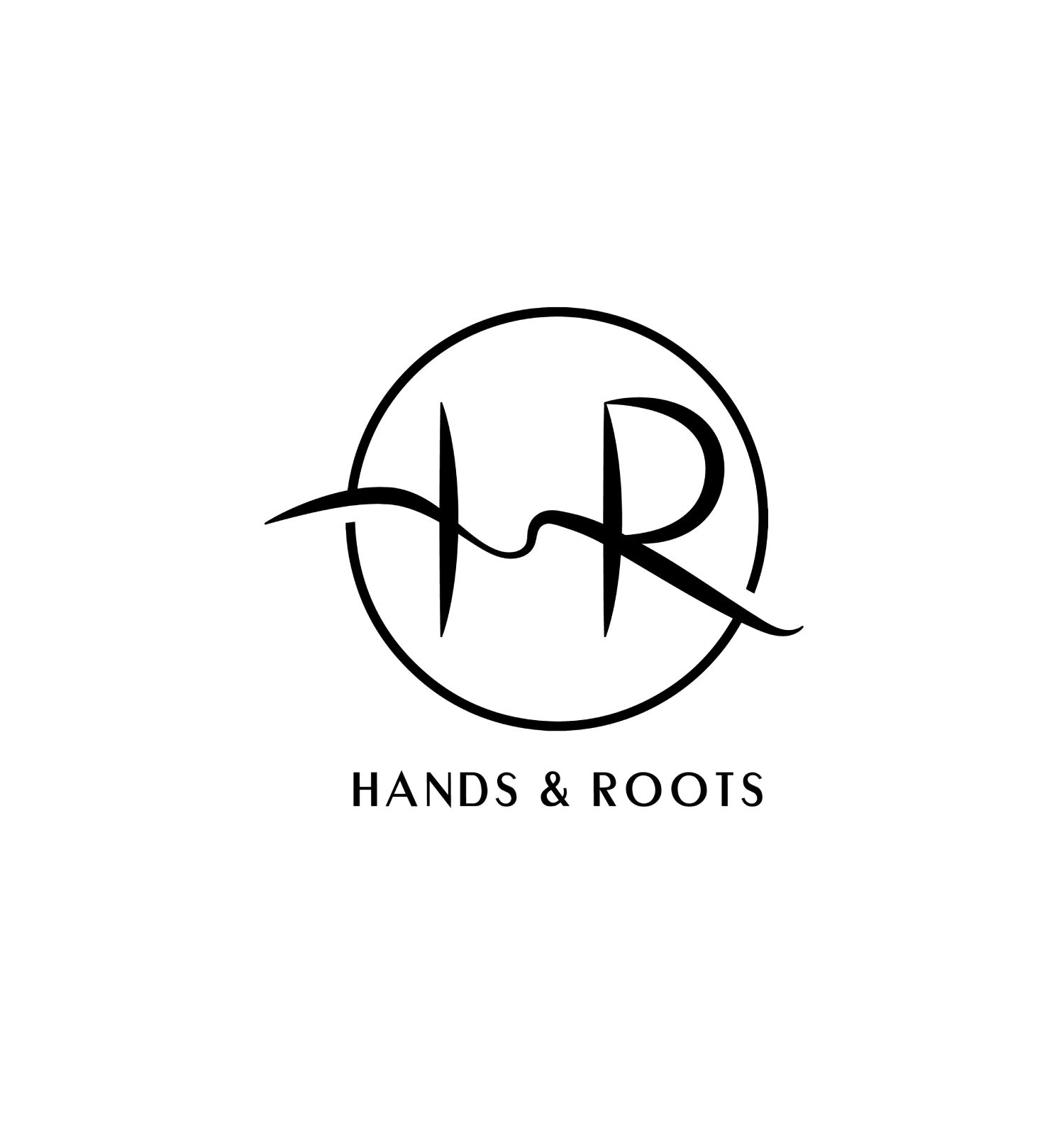Georgia O'Keeffe - Artistic Identity and Modernist Tensions - 1920-1972
Part One: The Stieglitz-O'Keeffe Struggle (1920–1929)
The latent tensions within Alfred Stieglitz’s photography project [1], which simultaneously praised Georgia O'Keeffe’s genius [2] and restricted it, reached a breaking point between 1927 and 1935. Despite Stieglitz's manifesto-like statements against "obscurantism," his photographic studies of O'Keeffe's nude body remained paradoxically aesthetic. The composition of these works created an emotional distance between the two, while claiming to reveal intimate truths.[3]
With the increasing public fascination with their artistic-personal relationship (intensified by exhibitions like "Seven Americans" in 1926), O'Keeffe gradually began a deliberate distancing from the "woman-child" persona constructed by Stieglitz. This article analyzes her resistance through pivotal developments, including her increasing retreat to New Mexico and her ironic use of vaginal symbolism, which critics had imposed on her paintings of giant flowers.
This growing resistance is visually manifested in Stieglitz's portrait of O'Keeffe in 1921 (Image 1), where O'Keeffe, with visible discomfort, holds a Matisse bronze – a work displayed at the 291 gallery as a prime example of modernist primitivism. This figure, based on Matisse's studies of African sculptures, now replaces the "spoon" as a symbol of O'Keeffe's "primitive" identity. However, this new arrangement is strikingly different: O'Keeffe, with a furrowed brow and a protesting gaze, distances herself from the small, turned-away figure, holding it reluctantly, as if its presence is a burden to her. Unlike the previous nude photographs, she wears a simple white dress that, while maintaining the contrast of light and dark, eliminates the confessional intensity of the earlier photos.[4]
Throughout the 1920s, Stieglitz's portraits often depicted O'Keeffe in dark clothing – with covered features, hair hidden under a hat, and a face often bearing sorrow or grief (Image 2). In contrast to these harsh images, Stieglitz continued to analyze her works within an erotic and Freudian framework, thereby reinforcing the sensationalism of his 1921 exhibition.[5] O'Keeffe, faced with recurrent illnesses and scathing criticisms, suffered in silence, hoping that the unwanted gendered interpretations would gradually fade away.[6]
Her painterly innovations between 1923 and 1933, while offering innovation, subtly challenged the "woman-child" cliché. In these formal changes, we see O'Keeffe removing gendered elements from her identity as an archetype of modern women.[7]

Image 1 (Left): Alfred Stieglitz, Georgia O'Keeffe with a Bronze Sculpture by Matisse, 1921, palladium print, sheet size: 24.1 × 19 cm (9 1/2 × 7 1/2 in.), mounted: 56.5 × 46.4 cm (22 1/4 × 18 1/4 in.).
Image 2 (Right): Alfred Stieglitz, Georgia O'Keeffe; A Portrait, 1922, palladium print, 7 7/16 × 9 7/16 in. (18.9 × 24 cm).
Part Two: Executive Trial and Errors, Innovations in the Artist's Space (1920–1929)
O'Keeffe developed motifs as a series, exploring expressive possibilities through the manipulation of color and form. Her framing, influenced by the camera lens, alternately expanded or compressed spatial relationships, destabilizing viewer expectations. In the paintings of the 1920s, she fundamentally changed her perspective: sometimes gazing upwards at the sky and trees, sometimes downwards at the ground, and sometimes rotating laterally, as if spinning in place. Her spatial experiments disrupted the traditional horizon in landscape painting and represented Lake George as a vast panorama of pure energies (Image 3). [8]
In the late 1920s, the edges of her works blurred into the undulating movements of flowers, perfecting rhythmic lines as a language of femininity. The abstract spirals of 1915, which O'Keeffe had recreated as an expression of introversion, now appeared organically in nature. In the work "Grey, Blue, and Black-Pink Circle"[9] (Image 4), the spiral form evokes the magic of a Kachina doll (a spiritual and ritual symbol in the Hopi Native American tradition), and its vortex draws the viewer's eye into a rotating rhythm. This bodily engagement, in which the viewer feels immersed in the painting's movement, plays a central role in the impact of her works.[10]

Image 3: Georgia O'Keeffe, Red, Yellow and Black Streak, 1924, oil on canvas, 39 3/8 × 31 3/4 in. (100 × 80.6 cm).

Image 4: Georgia O'Keeffe, Grey, Blue, and Black-Pink Circle, 1929, oil on canvas, 36 × 48 in. (91.4 × 121.9 cm).
Part Three: The Image of Flowers and Critical Reception (1920s–1930s)
In the 1920s, Georgia O'Keeffe began her symbolic exploration in the realm of flower imagery – a theme that crystallized her central artistic concerns. While flowers were traditionally confined to the domain of amateur female painters, O'Keeffe revolutionized them, creating petals that seemed to extend beyond the canvas frame, magnifying their reproductive anatomy with an almost aggressive intensity. Her use of vivid and saturated colors, which she provocatively described as "gloriously vulgar," further disrupted conventional expectations.[11]
This bold approach provoked intensely gendered interpretations from contemporary critics. For example, Paul Rosenfeld [12] called her abstractions revealing "the secret of female sexuality," while Henry McBride [13] in 1927 called her "the priestess of secrets." Similarly, Louis Kalonyme [14] claimed in 1928 that O'Keeffe's works cast aside the artificial femininity of civilization to reveal a primordial and "natural" essence. However, such readings often conflated her art with essentialist notions of femininity – a reduction that O'Keeffe strongly opposed.[15]
Among her most prominent floral works, the "Jack-in-the-Pulpit" series [16] (comprising six paintings in various dimensions) clearly demonstrates a subversion of both botanical and gender conventions. The series gradually progresses from an external view of the flower to an almost microscopic examination of its stamens and pistils. The present painting (Image 5) is a prime example of O'Keeffe's manipulation of scale and spatial ambiguity: the flower's interior dominates the composition, blurring the boundaries between inside and outside, volume and void. Indigo voids in the corners of the canvas encompass the central form, while the absolute blackness of the petal's core depicts a chasm pierced by a flame-like protuberance. The pistil form oscillates between a phallic firmness and a cavernous depth, rendering any definitive interpretation impossible.[17]
These formal ambiguities, in a way, reflect the androgyny in O'Keeffe's works, challenging any simplistic gendered readings. She rejected critics' insistence on "feminine" symbolism, arguing that such interpretations diminished the broader metaphorical dimensions of her works – namely, the connection between the body, nature, and landscape. From O'Keeffe's perspective, metaphor was not merely a style but an epistemological approach; a tool for understanding one reality through another. The Jack-in-the-Pulpit series, like her finest works, invites viewers to re-examine what is familiar from this unsettling perspective.[18]

Image 5: Georgia O'Keeffe, Jack-in-the-Pulpit No. IV, 1930, oil on canvas, 40 × 30 in. (101.6 × 76.2 cm(.
Part Four: American Identity and Later Period (1930–1972)
From New York to New Mexico: Transformation in Perspectives (1925–1930)
In 1925, after marrying Stieglitz, the couple moved to the upper floors of the Shelton Hotel, where O'Keeffe began her iconic series of cityscapes and New York skyscrapers. These works, as a subversive and boundary-breaking project in gender, established her independence within the male-dominated modernist movement (Image 6). By 1929, her artistic path underwent a significant transformation when she accepted an invitation from Mabel Dodge (a renowned patron of the New York avant-garde) to travel to New Mexico. The stark and unadorned landscapes of the region sparked a profound connection, marking the beginning of the "O'Keeffe myth" and her enduring association with the American Southwest.[19]

Image 6: Georgia O'Keeffe, Shelton with Sunspots, N.Y., 1926, oil on canvas, 122.6 × 76.9 cm (48 1/4 × 30 1/4 in.)
In New Mexico, O'Keeffe employed estrangement, irony, and surreal juxtapositions to manifest the desert's strange beauty in works that blurred the lines between body and landscape. For example, "Gerald's Tree" [20] (Image 7) depicts desiccated forms with branches twisted towards the sky, serving as a sensual metaphor for loneliness and longing.[21]

Image 7: Georgia O'Keeffe, Gerald's Tree I, 1937, oil on canvas, 40 × 30 1/8 in. (101.6 × 76.5 cm).
Challenging American Narratives (1930s–1940s)
O'Keeffe's engagement with American identity stood in direct contrast to the dominant artistic narratives of the time. While her Eastern counterparts were capturing the "American scene" with stereotypical images of farms and livestock, her immediate immersion in the Southwest revealed the artificiality of such urban perceptions.[22] During the cultural nationalist strife of the 1930s, she redefined Southwestern symbolism: pelvic bones framed against azure voids and ram skulls floating above eroded plateaus offered both a sincere exploration and a subtle critique of nativist expectations.[23] The painting "Cow's Skull with Calico Roses, 1931"(Image 8) exemplifies her perspective.[24]

Image 8: Georgia O'Keeffe, Cow's Skull with Calico Roses, 1931, oil on canvas, 91.4 × 61 cm (36 × 24 in).
O'Keeffe's masterful palette reached its peak in the "Pelvis Series"[25] (1940s), where animal bones framed desert skies as gateways to a cosmic infinity.(Fig. 9) As she wrote to Anita Pollitzer [26] in 1944: "The bones seem to cut sharply to the center of something that is keenly alive on the desert even tho it is vast and empty." (O'Keeffe, 1987, p. 211)[27]
Late Radicalism and Artistic Legacy (1940s–1972)
O'Keeffe's final period experienced two fundamental discontinuities:
1. "Black Place" Landscapes (1940s–1950s):
The geological forms in these works blurred with undulating waves of gray and pink, which, although echoing her earlier floral abstractions, were redefined by environmental crises.
2. The "Sky Above Clouds" Murals (1965–1967):
O'Keeffe's paintings on the verge of 80 years old are 24-foot panels that abandoned earthly landscapes, interweaving minimalist repetition with her perpetual quest for pure forms.[28]
Until 1972, before losing her sight, O'Keeffe continued to create bold charcoal abstractions, paradoxically returning to the reduced language of her 1915 works. This circular journey - from abstraction to representation and back again - solidified her legacy as a relentless innovator across six decades.[29]
Part Five: The Legacy of Georgia O'Keeffe
O'Keeffe always shunned the label "woman artist," as her works entirely transcended this categorization. By reducing the natural world to abstract forms, she created enduring symbols that are woven into the mythology of American art. Currently, a substantial portion of her works, testifying to her cultural immortality, is housed in the Georgia O'Keeffe Museum [30] in Santa Fe.[31]
Although O'Keeffe's popularity waned in the mid-century, a retrospective exhibition of her work at the Whitney Museum [32] in the 1970s once again drew public attention to her, linking her legacy to the feminist movement of that era. At 84, although she had lost her central vision, she continued to paint and worked with watercolors, pencil drawings, and ceramics. Her late works, reduced to purely abstract lines, recalled the fundamental simplicity of her 1915 charcoal drawings, thus perfecting the sixty-year cycle of her artistic journey.[33]
Over seven decades of artistic activity, O'Keeffe, as a pivotal figure in the Stieglitz circle, shaped American modernism while consistently transcending gender limitations. Although she rejected explicit feminist interpretations of her flower paintings, artists such as Judy Chicago and Miriam Schapiro [34] were inspired by the feminine symbolism they saw in these works. With the creation of over 2000 works of art, this vast artistic output solidified her as a pioneering force. The Georgia O'Keeffe Museum - the first American institution dedicated to a female artist - with its research center and scholarship programs, is a testament to her profound impact and her ongoing role in advancing artistic research.[35]
Sources
1. Alfred Stieglitz (1864 US–1946 US)
2. Georgia O’Keeffe (1887 US–1986 US)
3. Stieglitz, Alfred. (1926) [Letter to Herbert Seligmann, 22 February 1926]. In: Seligmann, H.J. (1966) Alfred Stieglitz Talking. New Haven: Yale University Press, pp. 61-62.
4. Cauman, John. (2001) 'Henri Matisse, 1908, 1910, and 1912: New evidence of life'. In: Greenough, S. et al. Modern Art and America: Alfred Stieglitz and His New York Galleries. Washington: National Gallery of Art, p. 93.
5. Epstein, Daniel Mark (2001) What Lips My Lips Have Kissed: The Loves and Love Poems of Edna St. Vincent Millay. New York: Henry Holt and Company, p. 135.
6. James, Rebecca Salsbury (1963) [Letter to Georgia O'Keeffe], 6 September 1963. Georgia O'Keeffe Papers, Yale Collection of American Literature (YCAL), Beinecke Rare Book & Manuscript Library, Yale University.
7. Oaks, Gladys (1930) 'Radical writer and woman artist clash on propaganda and its uses', New York World, 16 March, Women's section, pp.1, 3.
8. O'Brien, Frances (1920s) [Interview notes with Georgia O'Keeffe], unpublished manuscript, pp.5, 18.
9. Grey, Blue and Black- Pink Circle, 1929
10. Kalonyme, Louis (1929) 'Georgia O'Keeffe', [Introduction to exhibition catalog]. Intimate Gallery, New York, pp. xxxiv-xl. Reprinted in: Lynes, Barbara Buhler (1999) Georgia O'Keeffe and Alfred Stieglitz: The Passionate Eye, pp.278-282.
11. Miller, Angela, Berlo, Janet Catherine, Wolf, Bryan & Roberts, Jennifer (2024) 'The arts confront the new century: renewal and continuity (1900-1920)', in American Encounters: Art History and Cultural Identity. LibreTexts, pp. 407-411.


